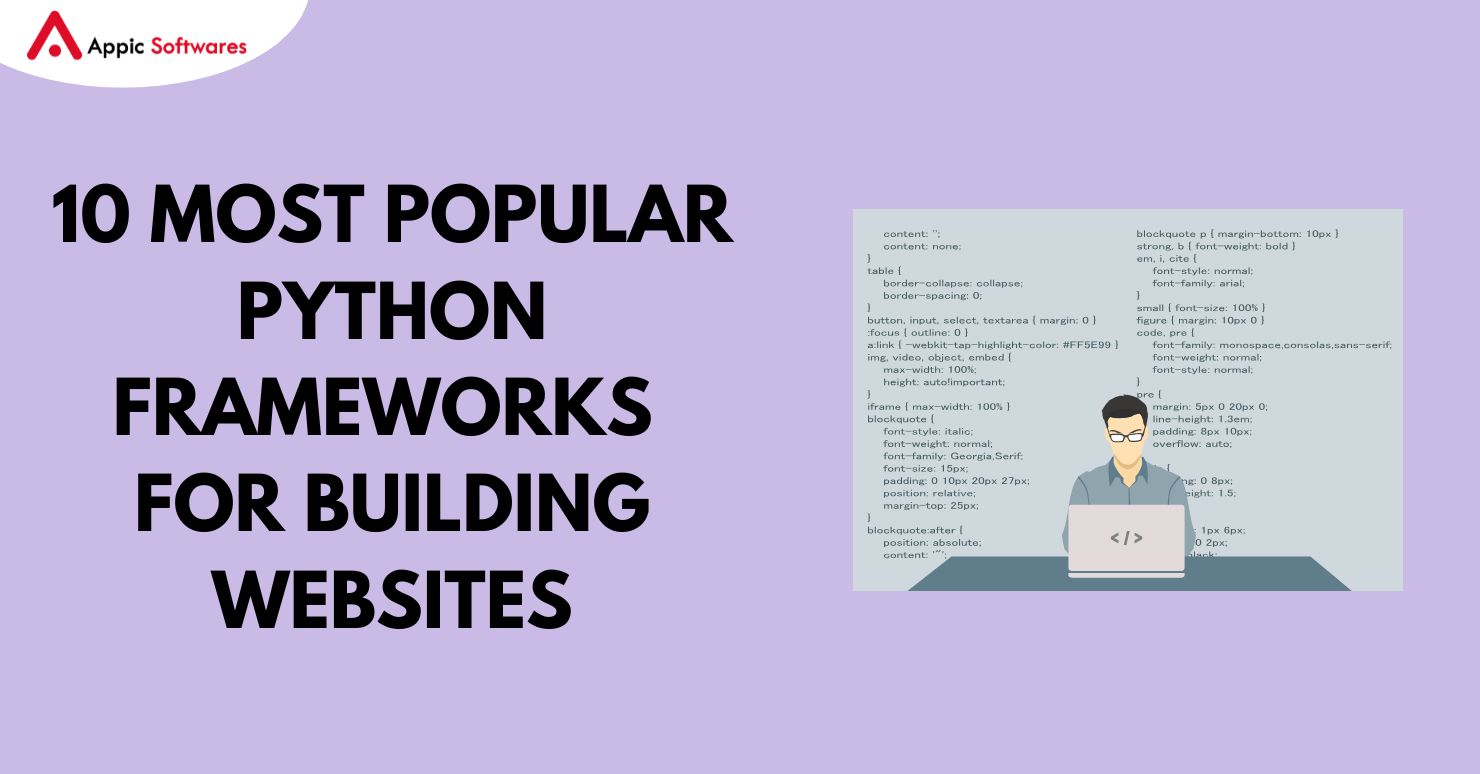
Businesses have more opportunities than ever to trade outside of their home nation or state in the current global post-pandemic context, and they are increasingly utilizing cross-border e-commerce to do so.
According to a Statista analysis, cross-border e-commerce is expected to make up 22% of all e-commerce exports in 2022, totaling over $3.5 trillion.
The online selling of goods to customers in other countries is known as cross-border e-commerce, and it has expanded from the purview of big, international corporations to include any expanding internet firm.
The data supporting the idea that businesses seeking to grow should start considering international sales is becoming more and more convincing. Because one of their rivals will if they don’t.
Why Sell Cross-Border?
For any firm, choosing to sell cross-border ecommerce is a big decision that begins with comprehending the potential advantages, which include:

Expanded market reach
Cross-border selling has several benefits, the most visible of which is its ability to expand into unexplored areas.
You only stand to gain more prospective customers by extending your efforts outside of your country, regardless of how well your firm is doing locally.
Increased sales
More than 80% of e-retailers globally agree that expanding your business into new areas through cross-border sales can lead to higher earnings and more e-commerce sales.
Each new nation you enter signifies a potential clientele, providing fresh avenues for business expansion and increased demand for your company’s goods or services.
Brand visibility
Since brand awareness is one of the most obvious signs of a successful imprint within a market, brand awareness and visibility are essential to the long-term success of any e-commerce business seeking to become a worldwide brand.
By taking your business international, you may increase brand recognition and showcase your company’s strengths.
Competitive advantage
In the world of business, competition forces organizations to seize opportunities whenever and wherever they arise. Expanding into new areas is one of the best ways for companies to get ahead of their regional rivals right away. If you don’t, they will ultimately catch up.
You can acquire the first-mover advantage by entering new markets early, which will enable you to establish a strong brand presence with foreign clients before your rivals even have the opportunity.
Top Challenges for Cross-Border Ecommerce
You will undoubtedly face difficulties when expanding your company internationally, such as:
Cross-border taxes and foreign exchange
The tax rules and regulations that apply to each country or state you want to work in will differ. This will have an impact on both the cost of shipping and the pricing of any products sold.
Hidden costs for consumers
You need to know what hidden charges could impact your business and the customer’s purchase, aside from possible tax and exchange concerns.
These additional expenses may come from the currencies being utilized, the various payment options (like PayPal), the preferred banking networks and techniques in other states and nations, and more.
Trading versus purchasing currencies
Entering markets with foreign currencies will be difficult since companies would have to learn about the regulations around exchange rates and possible levies.
Exchange rates are subject to alteration, particularly during periods of economic recession, which can make monitoring them challenging and time-consuming. A single error can hurt a multinational firm dealing with numerous currencies and its overall success.
Payment fraud
More than half of firms are concerned about payment fraud, which is a real problem when making international purchases. One of the most often used payment methods and the site of a large portion of fraud is credit cards.
To prevent a problem that they will almost certainly encounter, online retailers who wish to sell internationally should be sure to put address verification systems and other anti-fraud procedures in place.
Shipping difficulties
American businesses frequently encounter challenges when transporting over state lines because each state has its own set of laws and regulations.
Imagine this now, but on a worldwide scale. Aside from the previously mentioned problems with tariffs and taxes, every nation has its regulations about imports and exports.
To avoid any issues later on, make sure you comprehend all of these factors for every nation when establishing an international shipping program.
Determine What Countries to Sell In
The following should be your top priority when choosing how and where to grow your international business:
Gross Domestic Product (GDP)
The definition of the gross domestic product (GDP) is an all-encompassing assessment of economic activity. It is one of the most widely used indices of a country’s overall economic health since it quantifies the value of the final goods and services generated inside that country.
You may get a better idea of how well your goods or services are going to perform by researching the GDP of the countries you are interested in selling to.
Population.
You need to know what kind of consumer base you would have before entering a country or state, and demographic statistics are frequently the best way to get that information.
Whether it’s age or the size of your target market, demographics are one of the most important predictors of business success. You should invest in your business if there is a market for it that is easily accessible.
Consumer spending
Spending by consumers is more than just a catchphrase; it’s a statistic that businesses use to determine whether a market target is viable. It is the total amount of money spent on finished products and services per person or the average amount of money spent by a person over a specific period.
Selling to a market where consumer spending doesn’t align with a company’s objectives or offerings is counterproductive for firms.
Cross-Border Selling Options
If you are serious about investing time and resources to boost retail and online sales in a new setting, there are two main possibilities for cross-border selling.
- Adaptation.
- Localized Markets.
Your brand needs to comprehend the consumer behavior and mindset in the areas you are expanding into to choose which course of action would be ideal for it and to succeed internationally.
Localized, region-specific websites
The process of adapting messaging, e-commerce tactics, graphics, website material, and even product variations to a certain geographic area and culture is known as localization. Due to regional differences in culture, consumer behavior, and expectations, this is frequently necessary.
For this reason, the most effective foreign websites are tailored to the needs of the local market rather than utilizing concepts from home that frequently don’t work well abroad. They also update product pictures and write copy that speaks to the local audience.
Regional marketplaces
Pitney Bowes reports that while 24% of online buyers make their domestic purchases through retail websites, 45% of global ecommerce and online shoppers make most or all of their purchases through marketplaces. Regarding purchases made abroad, the distribution was similar: 22% through retail websites and 46% through marketplaces.
You may select a marketplace to launch in another country based on such data, but it’s also critical to comprehend market exceptions.
Regional internet marketplaces include, for instance:
- China.
- Alibaba.com.
- Market Open.
- Saksen.
- Zhebao.
- Store.
How to Be Successful in Cross-Border Ecommerce
Engaging in international e-commerce is one thing, but true success is quite another, particularly for startups. To establish a prosperous, international web enterprise, contemplate implementing the subsequent actions:
Identify and rank potential new markets
You should use the aforementioned indicators to identify and prioritize the markets you are interested in before you begin selling anything.
What is the marketing you are thinking about’s GDP? To what extent does their interest in your items align with their purchase intent?
Examining the US Government’s Country Commercial Guides and Research Foreign Markets page is a great place to start. Here, trading patterns might provide you with a solid sense of potential foreign partners and markets.
Investigate any restrictions or regulations
You must decide what can and cannot be sold before entering a country or market.
Numerous nations impose particular laws or limitations on specific commodities or items, ranging from cultural standards to religious exemptions. Even though your products can seem to have a sizable market from the outside, you don’t want to make a crucial or even offensive error.
Determine pricing strategies for these new markets
Naturally, you will probably have to deal with local currencies and regional tax laws when entering any new market.
Do your homework to come up with a unique price plan for every market, nation, or state you sell in. This entails adapting your online store and e-commerce website to each country’s language, currency, and pertinent information.
Partner with a third-party logistics (3PL) service
Any business that has worked with shipping and fulfillment understands that it can easily turn into a difficult process, especially for those who try to handle everything internally.
Third-party logistics (3PL) services might be a great approach to reduce the possible stress.
By partnering with a company that specializes in overseas fulfillment and logistics, you can avoid managing those tasks yourself and free up your time to focus on recruiting customers and cultivating business partnerships.
Develop a strategy you can repeat
In business, it’s often a good idea to avoid having to reinvent the wheel. You should approach developing a business strategy for international expansion as though you were building a foundation.
If your company’s objective is steady growth, and with it, additional expansion, then the hardest part of the process should come from the outset. Experience ought to provide a model for carrying out expansions in the future.
You’ll save time and money by creating a repeatable plan, which will simplify further developments.
Cross-Border Ecommerce Glossary
3PL
The term “third-party logistics,” or 3PL, refers to a company that offers outsourced logistical services.
Anything that requires managing the movement of resources to the locations where they are needed falls under the purview of logistic services.
APAC
Asia Pacific, sometimes known as Asia-Pac, AsPac, APJ, JAPA, or JAPAC, is the region of the world that is located in or close to the Western Pacific Ocean.
The region encompasses different parts of East, South, Southeast, and Oceania, with varying sizes depending on the context.
Digital Wallets
An electronic device that enables someone to conduct electronic and online transactions is known as a digital wallet.
This can involve utilizing a smartphone to shop in-store or shopping online via a PC. The digital wallet can also be connected to a person’s bank account.
Final Mile Delivery
The transportation of goods from a fulfillment center to their final destination is referred to as the “last mile.” Put differently, the last mile refers to the last portion of your product’s journey before it reaches your customer’s door.
Localization
the process of altering a good or service to fit the “look-and-feel” of a target market, language, or culture.
MENA
The Middle East and North Africa region is referred to by the English-language abbreviation MENA.
From Morocco to Iran, the region known as MENA encompasses all of the Middle Eastern Mashriq and Maghreb countries.
O2O (Online-to-Offline)
a smartphone or website advertisement that persuades a user to buy a physical business. One of the best examples is Groupon, which provides discounts for things like theater tickets and dining establishments.
Tariffs
tariffs on import products
Total Landed Cost
The overall cost of a product once it is delivered to a customer’s door is known as the “landed cost.”
The product’s original price, all inland and maritime transportation costs, customs, tariffs, taxes, insurance, currency conversion, creating, handling, and payment fees are all included in the landing cost.
Conclusion
A readiness to adjust to a variety of changing market conditions and meticulous planning are prerequisites for entering international e-commerce markets. By putting these suggestions into practice, companies can increase their consumer base, enter new international markets, and see steady growth in cross-border e-commerce.
Give Appic Softwares some thought if you’re searching for an e-commerce development company that can assist you with creating a mobile app. Our skilled development team is here to assist you with any of your needs.
So why are you being so circumspect?








